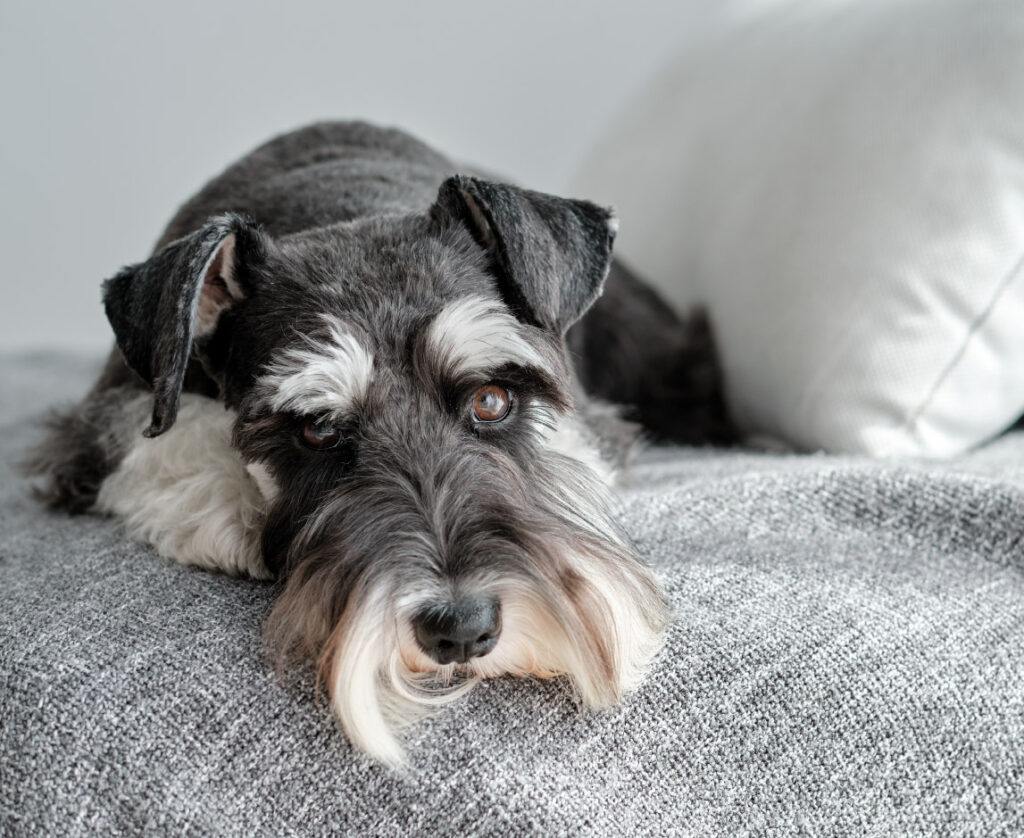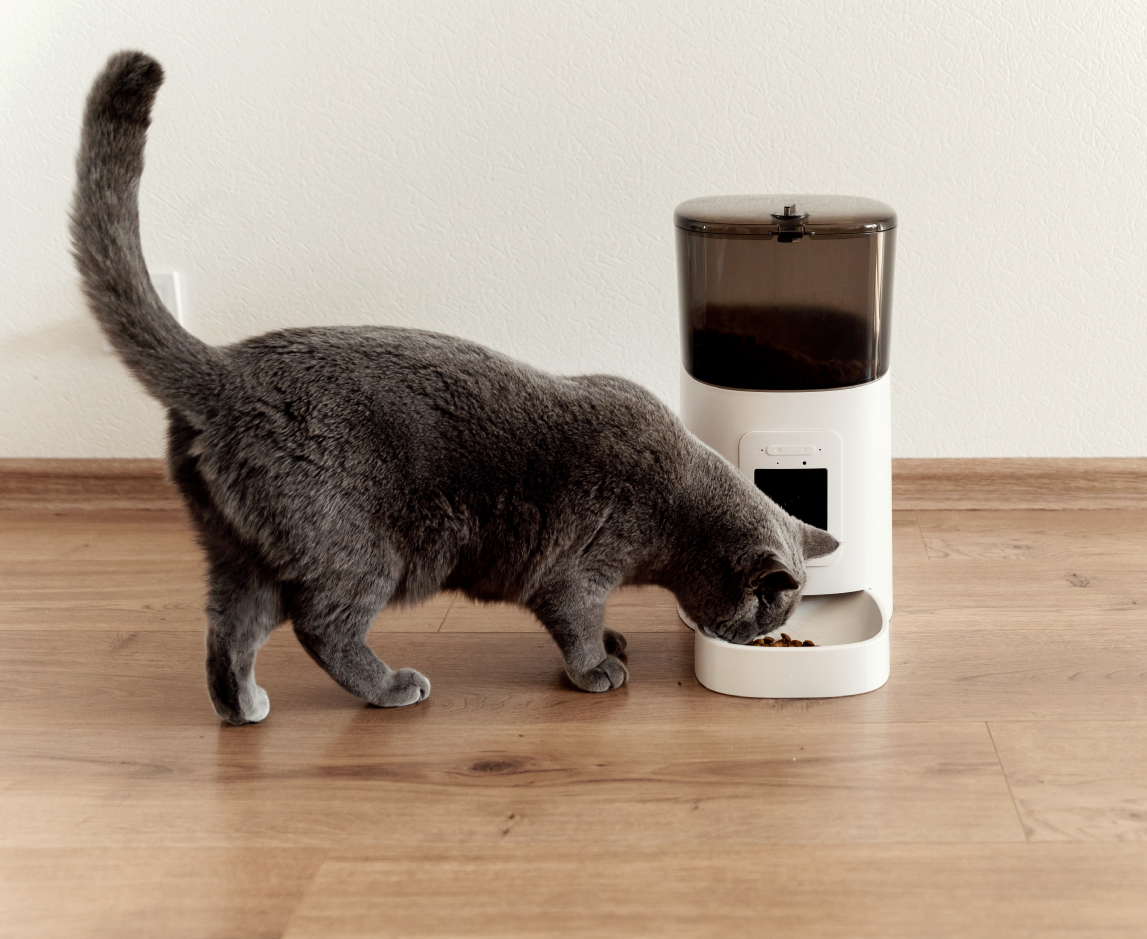Readers of the RAWZ Blog may be wondering how it is that we come up with the topics for our posts? While they may seem to be chosen at random, in addition to topics which we feel will contribute to improving the lives of people and pets, anything that seems to be of heightened interest to pet parents garners attention. When my teammate let me know that a recent Guardian article reported a 299% increase in Google searches for “adopt a schnauzer” since July 11th, it became apparent we needed to take a look at Schnauzers! It was the early July release of James Gunn’s Superman, which stars his Schnauzer mix as Superman’s pup Krypto, that precipitated the interest. Without further ado, let’s look into the Super Schnauzers!
History
Originating in Germany around the 15th century, the name “Schnauzer” is derived from the German word for “snout” or “whiskered snout”, and is widely known for its distinctive bearded nose. The Schnauzer was originally called the Wire-Haired Pinscher, with the name Schnauzer being adopted in 1879. Of the three Schnauzer breeds, the Standard Schnauzer is the oldest, with the Miniature and Giants appearing in the late 1800s and near the end of the 19th century respectively.
Size/Weight
All Schnauzer breeds are sturdy and thick-boned with similar height and body lengths. The American Kennel Club (AKC) standards for the three types are:
Miniature Schnauzer - Standing 12 to 14 inches tall and weighing between 11 and 20 pounds
Standard Schnauzer - Standing 17.5 to 19.5 inches tall and weighing between 35 and 45 pounds
Giant Schnauzer - Standing 23.5 to 27.5 inches tall and weighing between 55 and 85 pounds
Personality
Schnauzers are often described as spirited dogs. Playful and always up for a session of fun with a tendency to display stubbornness, they are not overly independent and strong-willed as many terriers who they were once classified along with. Among the three types, the Miniature tends to be the most affectionate with both the Standard and Giant’s independence bordering on aloofness!
Lifespan
According to the AKC, the longest living Schnauzers are usually the Standards with a life expectancy of 13-16 years, followed by Miniatures at 12-15 and Giants expected to live for 10-13 years.
Health
Fortunately, all 3 varieties of Schnauzers are generally healthy. Both the Standard and Giant are prone to hyperthyroidism, eye concerns such as retinol issues and cataracts with the Miniature also prone to cataracts. Miniature Schnauzers have frequently displayed circulatory issues like liver shunts where blood flow bypasses the liver.
Care & Grooming
Schnauzers, particularly show dogs, are often seen neatly coiffed and it is assumed that they are a high maintenance breed. In reality, a moderate amount of grooming with a minimum of weekly brushing and quarterly professional grooms is usually sufficient to keep their thick double coat healthy.
Fun Facts
The AKC states that Standard Schnauzers have been used throughout the years by various armed services as messenger dogs due to their loyalty. Schnauzers are also known for having high levels of intelligence and trainability.
FAQs
Are Schnauzers hypoallergenic?
While no dog is completely free from triggering allergies due to their coats which can carry allergens, Schnauzers are considered hypoallergenic with their coats being hair, rather than fur which sheds more dander. With regular grooming to remove potential allergens, Schnauzers may be a great option for a four-legged companion to allergy sufferers!
Is the breed good with children?
As a general rule, due to their loyalty, high energy, and playfulness, Schnauzers are a great breed with children! Some things to watch out for are the Schnauzers loud bark and tendency to be protective.
Will a Schnauzer get along with my other pets?
Their adaptable and friendly natures make Schnauzers good in multi-pet homes. When introducing a schnauzer, or any new pet for that matter, it’s always important to start with supervised meeting time. Remember, the first introduction is key and existing resident pets may be territorial whether it’s a visit or a new Schnauzer sibling!





